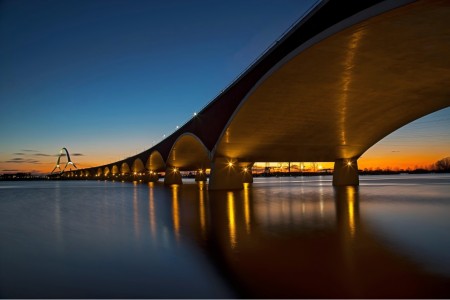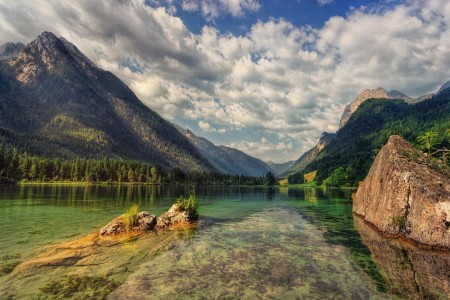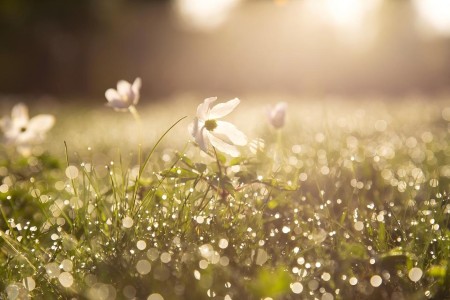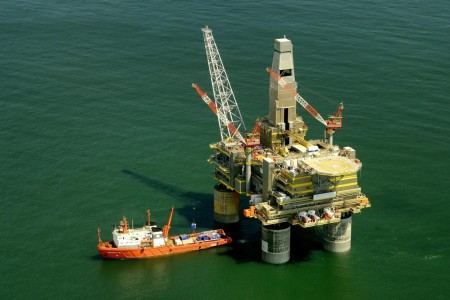What Are The Specific Applications of Telephoto Lenses In Landscape Photography?
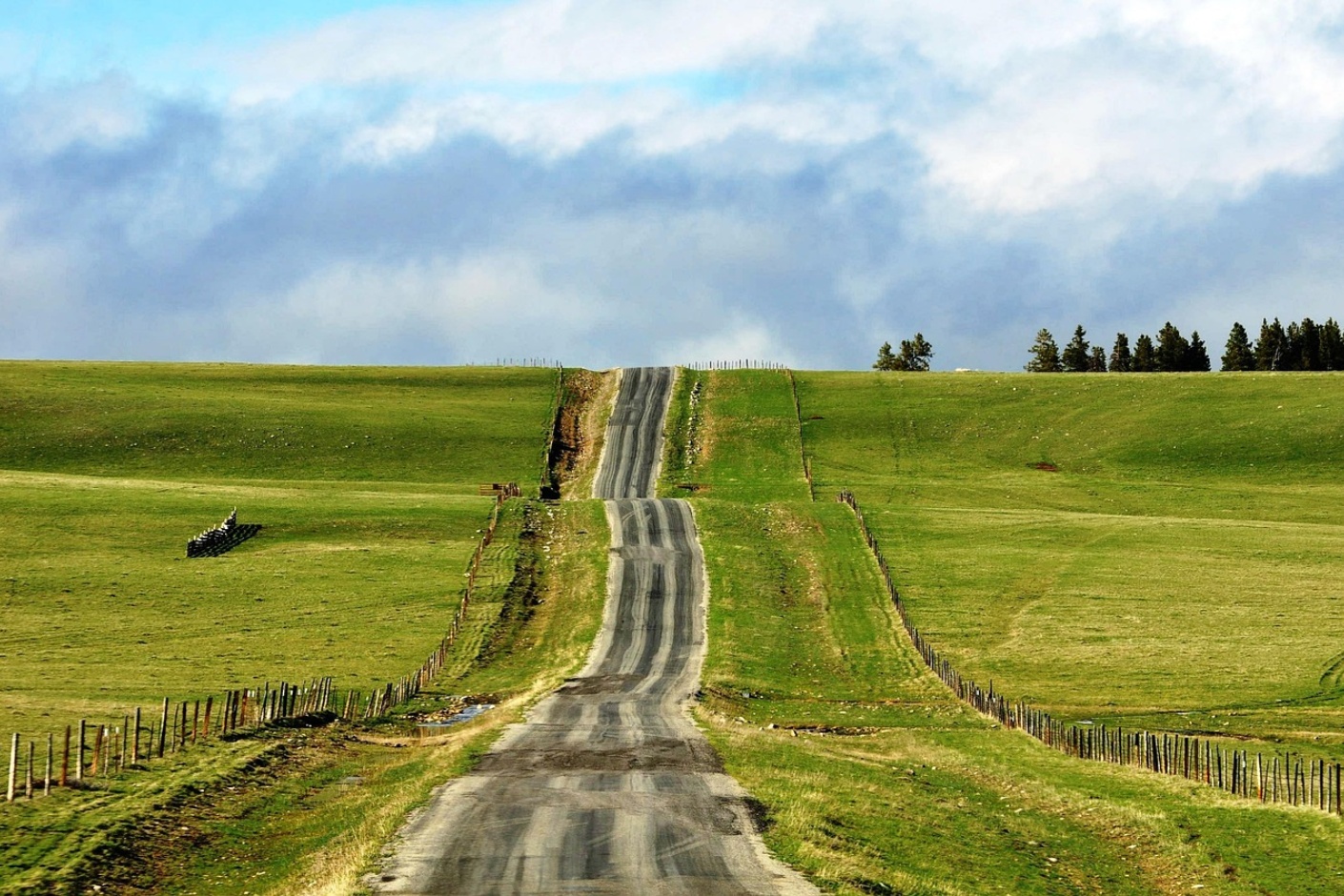
Telephoto lenses can bring distant objects closer, helping photographers capture more details. They are widely used in photography and videography. In landscape photography, the various applications of telephoto lenses are mainly as follows:
1.Capture details of distant objects
Telephoto lenses are suitable for photographing distant mountains, buildings and other scenery. They can capture details of the scenery, such as the texture of the mountains, the fine branches of trees, the exquisite carvings on the buildings, the delicate stamens of flowers, etc., showing the unique texture and artistic charm of the scenery, making the captured landscape photos more rich, detailed, vivid and lifelike, allowing viewers to appreciate the microscopic beauty that is easily overlooked in daily life.
In addition, for some scenic elements that are far away but very distinctive, such as a small pavilion on a distant mountain top, a lighthouse on a cliff by the sea, etc., a telephoto lens can bring them closer and clearly capture their appearance, outline and other details, making them the highlights of the picture and enriching the content of the entire landscape photography work.
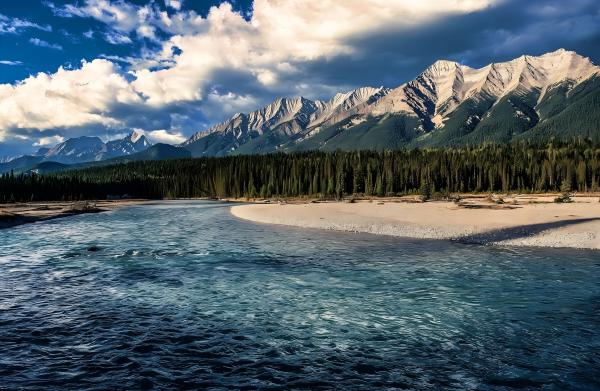
Telephoto lenses can capture details of distant objects
2.Compress space and highlight the theme
A telephoto lens can bring distant objects closer, making elements at different distances appear more compact and compressing previously scattered scenery. For example, when photographing a mountain range, using a telephoto lens can bring distant peaks and nearby peaks closer together, enhancing the sense of layering and making the overall composition appear fuller and more compact, thus increasing the visual impact of the image.
By compressing space, a telephoto lens can shorten the distance between the subject and background elements, allowing the background to set off the subject. At the same time, it weakens unnecessary clutter in the picture, making it easier for the audience to focus on the subject, enhancing the theme and expressiveness of the photo, and making the picture more visually impactful.

Telephoto lenses can compress space to emphasize the subject
3.Blur the background and isolate the subject
Telephoto lenses offer a shallow depth of field, blurring the background when photographing landscapes, creating a dreamy, hazy atmosphere. For example, when photographing a field of blooming rapeseed flowers, focus on a few nearby rapeseed flowers while using a telephoto lens to blur out the distant fields and mountains. The rapeseed flowers in the foreground appear crisp and bright, while the background blurs into soft blocks of color, creating a poetic, ethereal atmosphere and adding a romantic, artistic touch.
When there are multiple elements in a frame, blurring the background can help isolate the subject, making it stand out and separate it from the background, making it stand out more. For example, if you're photographing a uniquely shaped tree in the woods, blurring the surrounding clutter will instantly make the tree stand out and become the visual center of the frame.
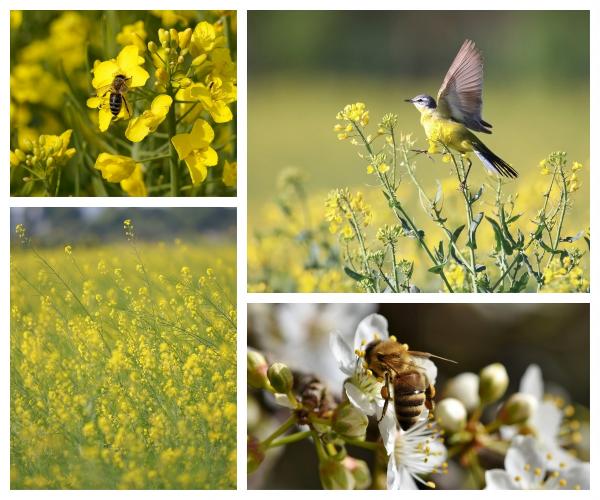
Telephoto lens can blur the background when shooting landscapes
4.Overcoming the limitations of shooting distance
In actual photography, sometimes geographical conditions or safety factors prevent the photographer from getting close to the subject. Telephoto lenses can take advantage of their long-range shooting capabilities, helping photographers capture these inaccessible scenes, such as wild animals and mountains, from a distance.
For example, when photographing a spectacular waterfall across a canyon or wildlife in its natural habitat, the desired image can be captured without getting too close, ensuring the photographer is in a safe and appropriate position while also achieving the desired landscape photography effect.
When shooting some scenic elements at higher positions, such as the sea of clouds on the top of a mountain, the city scenery on a high-rise building, etc., a telephoto lens can bring them closer from a distance. Even if you cannot reach the high place directly, you can still record the wonderful pictures through the lens, expanding the scope and possibilities of landscape photography.
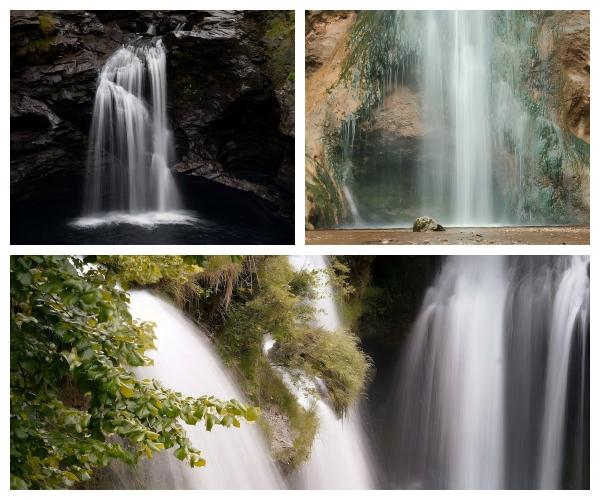
Telephoto lens has the advantage of long-distance shooting
5.Application under special weather and light conditions
In special weather conditions, such as foggy or misty early mornings, a telephoto lens can penetrate the fog, bringing distant, vaguely visible scenery closer and highlighting it, creating a hazy, mysterious atmosphere. For example, when only the peaks of distant mountains are visible in the morning mist, when photographed with a telephoto lens, the picture will present a fairyland-like beauty.
Furthermore, in backlit or side-backlit situations, a telephoto lens can also capture the wonderful effects of light passing through the scenery, such as halos and outline lighting, which add a sense of layering and artistic appeal to the image. For example, when photographing a forest at sunset, using a telephoto lens to capture the golden light of the sun filtering through the branches and leaves creates a moving, dappled image.
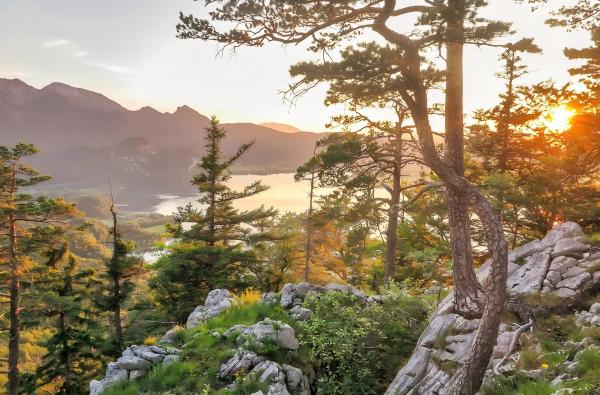
Telephoto lens application in special lighting conditions
6.Tools help improve shooting stability
Since telephoto lenses have a long focal length, handheld shooting is prone to shaking. Therefore, using a tripod is a common practice in landscape photography to ensure clarity and stability of the image.
7.Capture dynamic scenery
Using a telephoto lens can capture dynamic scenery from a distance, such as waves hitting rocks, wind blowing leaves, etc., to better present the dynamics and changes of the scenery.
In summary, telephoto lenses have unique applications in landscape photography. They can help photographers capture more vivid and artistic landscape photos, highlighting the subject and adding depth and detail to the picture. Therefore, landscape photography can use and take advantage of telephoto lenses when necessary.

